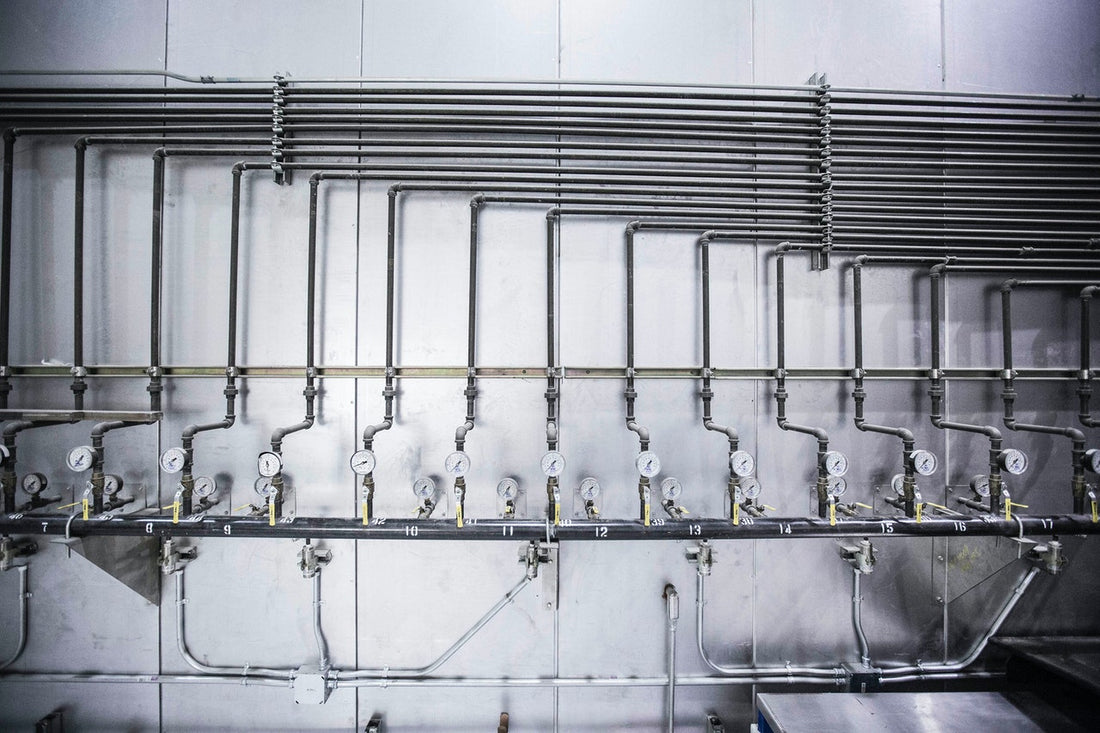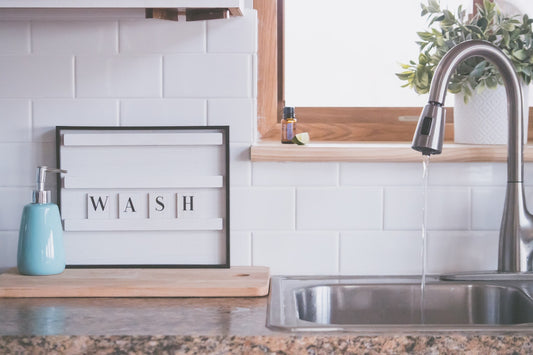Whether you live in Austin, Salt Lake City, Hawaii, St Joseph, or San Antonio, the hardness in your water won’t be the same. For instance, while Hawaii’s water hardness is 17 Parts Per Million, Austin’s water has 184 Parts Per Million of hardness, and San Antonio's water reaches a staggering 357 PPM!
So, as you can see, the water hardness varies dramatically between cities!
That’s because it all depends on the type of land you live on. As water from natural sources flows through rocks and the ground, it picks up dissolved minerals along the way. So, the composition of the land the water runs through dictates the levels of water hardness that will run in your home.
So, how should you set your water softener to make sure it removes the hardness from your water?
In this blog post, we’ll highlight everything you need to know to program your water softener’s settings properly and ensure pure water comes out of your tap.
Key Factors Influencing Your Water Softener Hardness Settings
There are three main factors that will dictate what settings you should set your water softener at:
- The Hardness In Your Water: the higher the level of calcium and magnesium in your water, the harder your water softener will have to work to remove these minerals from your water. That’s why it’s important to test the hardness of your water. This way, you’ll know exactly what settings to use. If you program your settings incorrectly, the resin beads will have a difficult time removing all of the hardness-causing particles present in your water.
The general guidelines for water hardness are as follows:
- 0 to 60 mg/L (milligrams per liter) is considered soft
- 61 to 120 mg/L is considered moderately hard
- 121 to 180 mg/L is considered hard
- Over 180 mg/L is considered very hard
- The Age Of Your Water Softener: if your water softener is older, it might not work as efficiently as a new one. This means that you might need to adjust and set your settings a bit higher.
- Iron Levels: hard water is defined as water containing high levels of calcium and magnesium but also iron. While water softeners are primarily designed to remove calcium and magnesium, they can also remove iron, but only if you program yours properly. So, the same way you need to test your water for calcium and magnesium, we’d also recommend testing it for iron.
How To Test The Hardness In Your Water’s Hardness?
There are a few different ways to assess whether you have hard water and if so, test the levels of calcium, magnesium, and even iron in your water:
- The Soap Test: The soap test is the easiest and cheapest way to check whether you have hard water. Fill up a bottle one-third full with your tap water. Add a few drops of dish liquid and shake the solution vigorously. If you can’t see any bubbles and the water appears cloudy or milky, you have hard water. Soft water should create foam at the top, and the water underneath should be clear.
- Hardness test kit: hardness test kits come with strips. Fill up a glass with your tap water and dip one of the strips for a few seconds or minutes depending on the instructions from the manufacturer. Now the kit will also contain a color chart. Depending on the color of the strip after dipping it in water, the chart will tell you how hard your water is. This way, you can adjust your water softener settings. Note that you can find some cheap water test kits online.
- Send a sample to a state-certified laboratory: the most accurate way to measure the hardness in your water is to send a sample to a laboratory. It can be expensive, but it will allow you to program your water softening in the most efficient way possible. To find a laboratory close to you, you can either ring the Safe Drinking Water Hotline at 800-426-4791 or visit the EPA’s website and refine your search by state here.
How Should I Program My Water Softener?
As mentioned, the answer to this question all depends on the hardness in your water, the level of iron present, and the age of your softener.
However, here’s a table you can use as a guideline to help you program your water softener efficiently:

Where To Find A High-Quality Water Softener?
If your water softener is old, it might not be as efficient as before when treating your water. So, if you’re looking for a new one, make sure to purchase from a reliable manufacturer who will guide you along the way and provide you with high-quality equipment.
At FilterSmart, we take pride in manufacturing all of our water filters and water softeners in the US. This way, we can ensure the highest standards for our clients. After all, our goal is to make sure you and your family get the purest water possible from your tap.
If you’d like to discuss your water hardness and options, don’t hesitate to get in touch. We’d love to chat!





